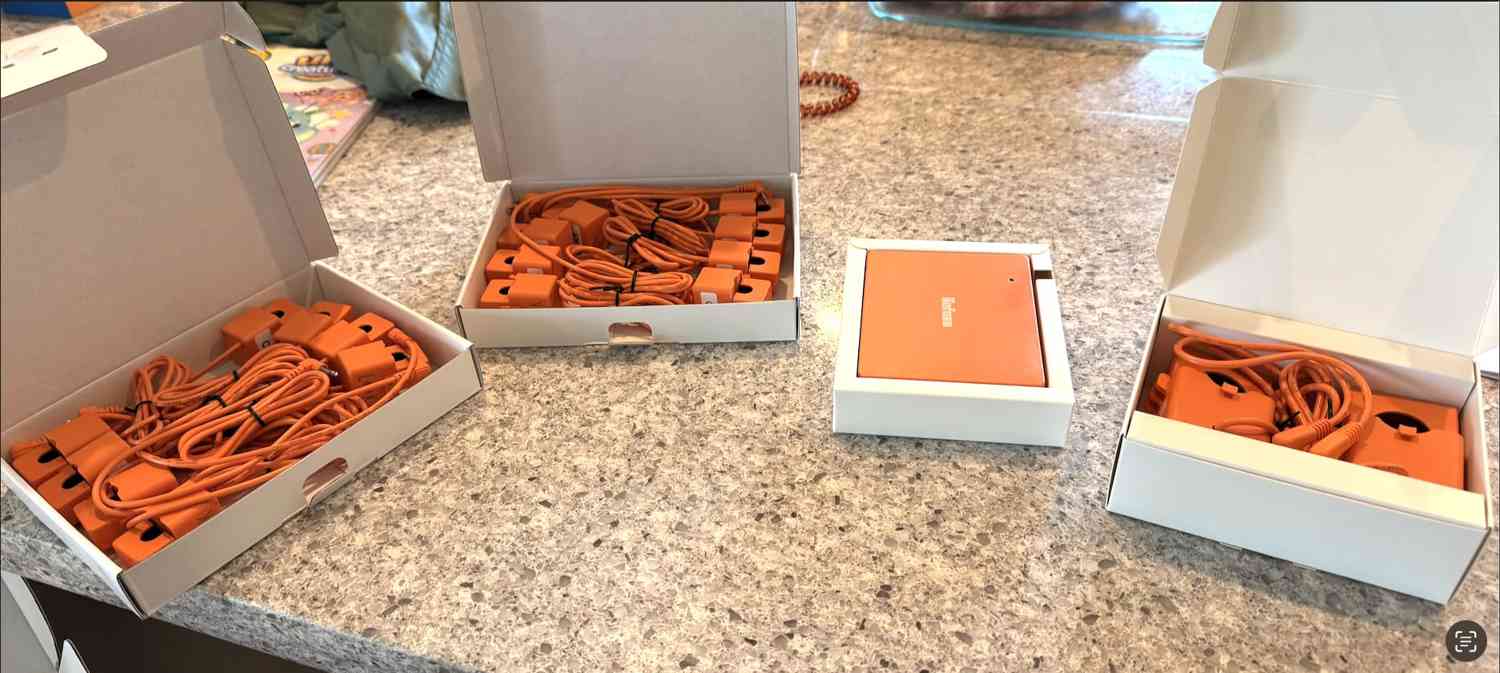

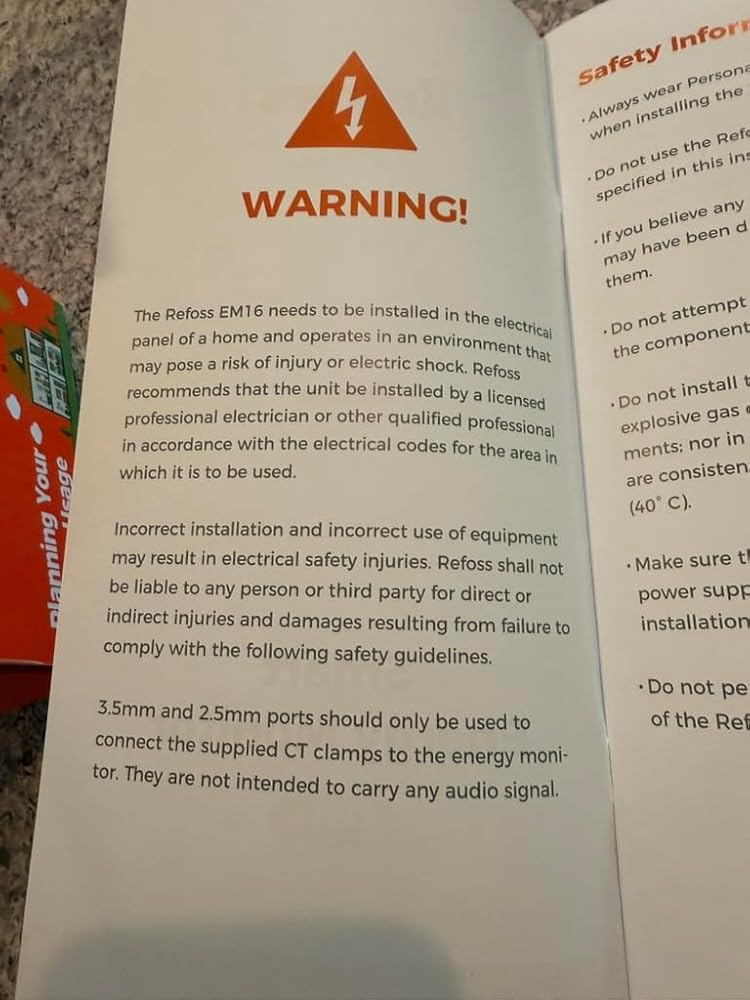
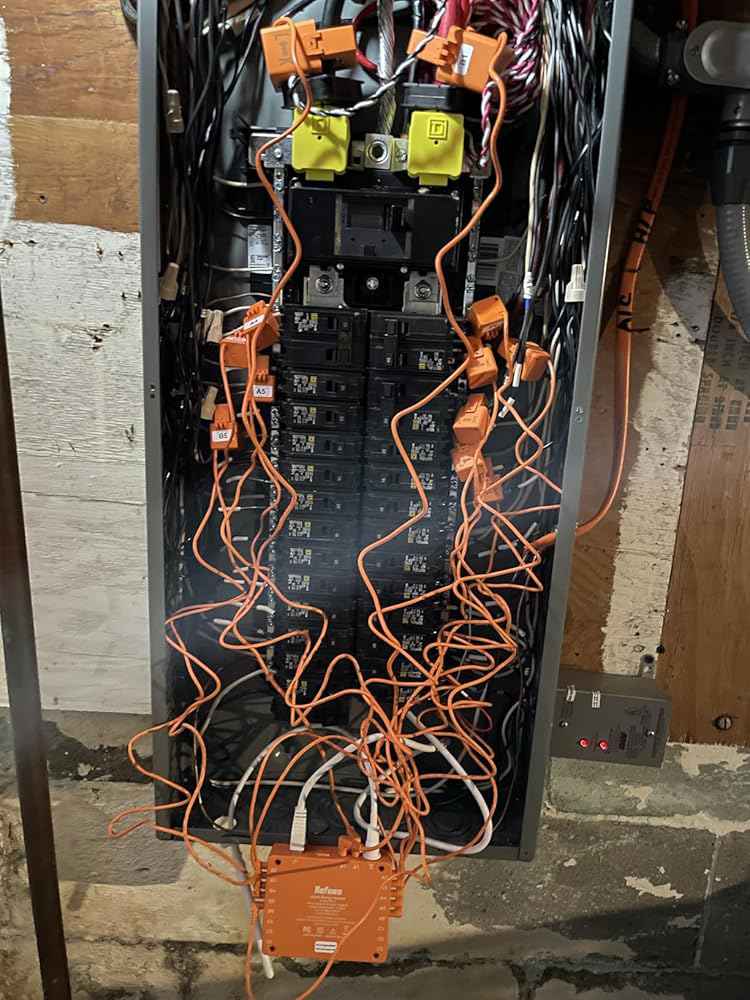
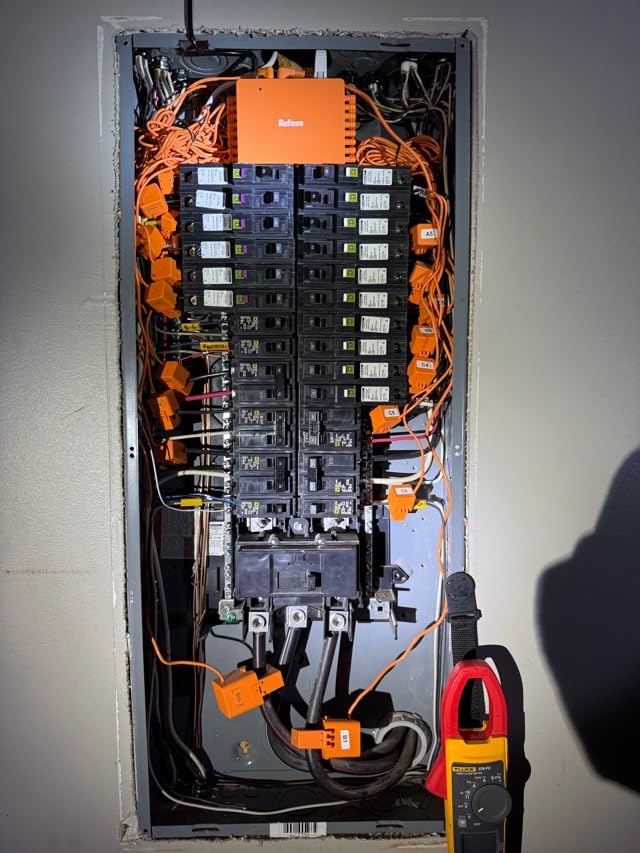
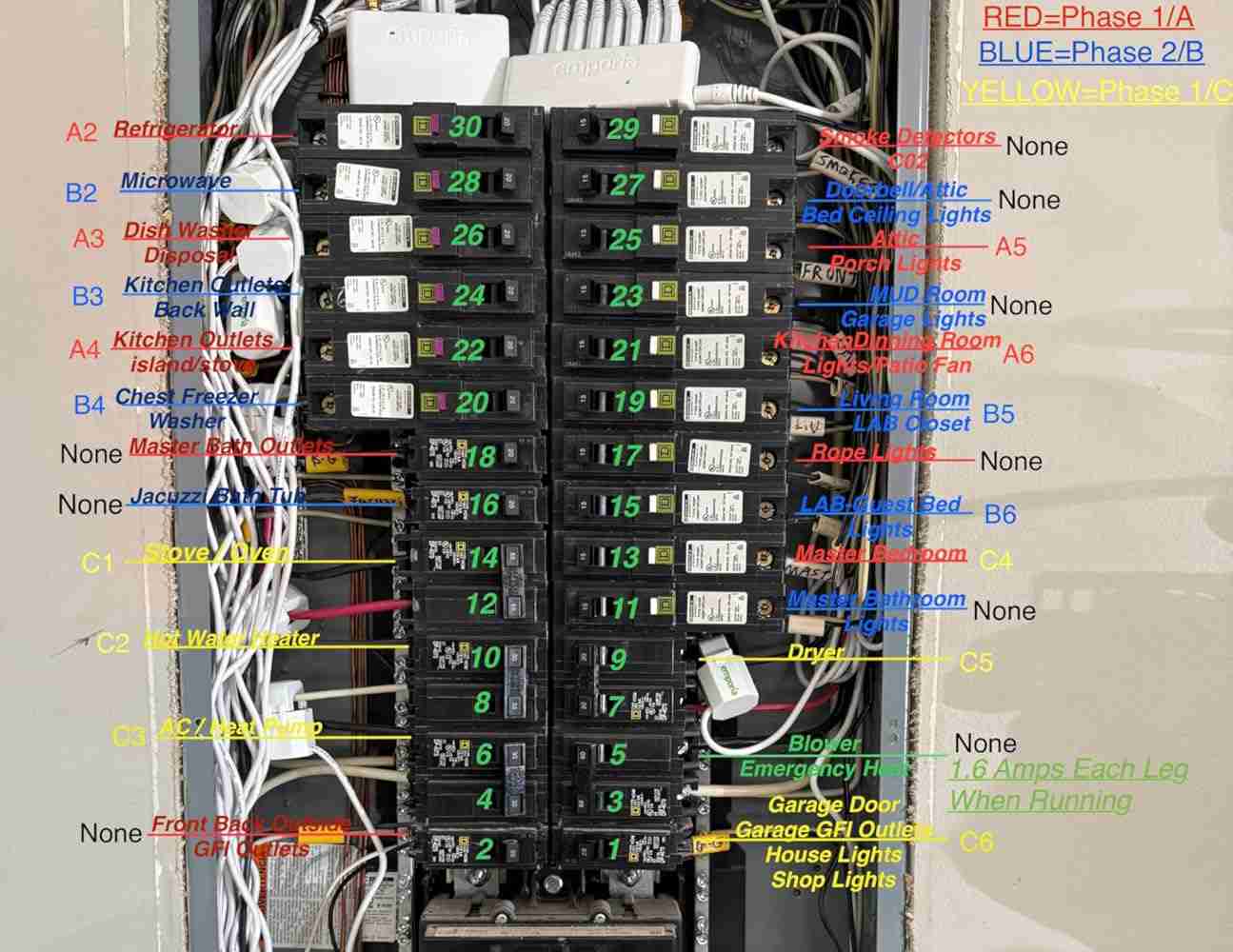
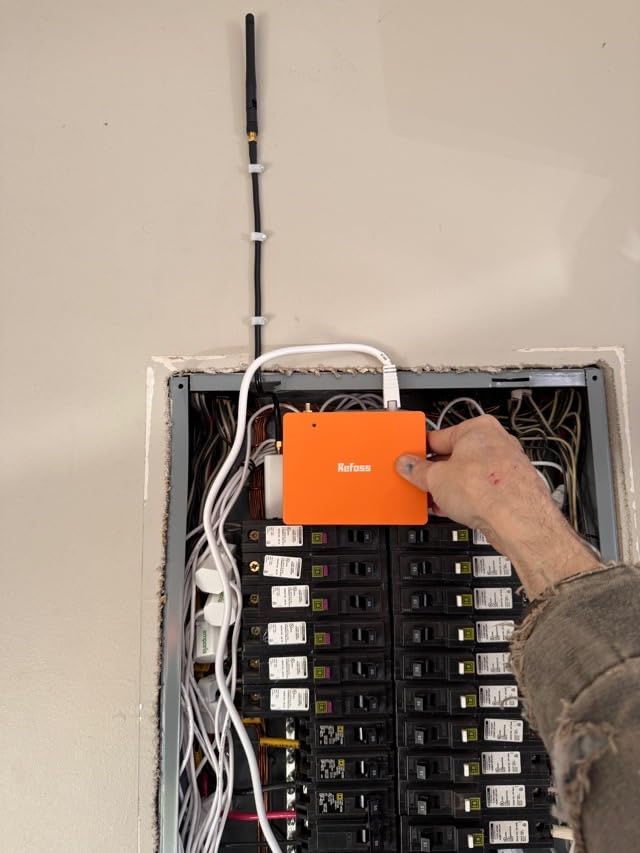
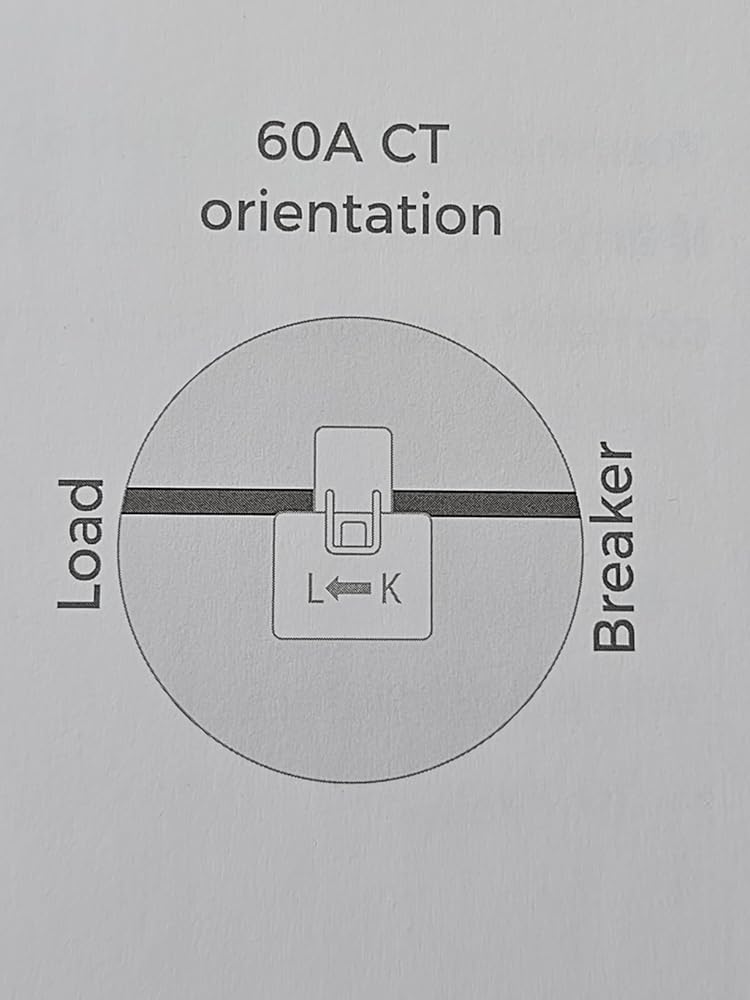
🔌 Installation Reality Check: Let's address the elephant in the room first - this isn't a DIY project for the faint-hearted. The orange-clad current transformers scream 'professional installation required,' and they're not kidding. While some brave souls managed self-installation (kudos to them!), most users, including myself, needed an electrician. Budget an extra $100-$200 for this.
⚡ Precision You Can Trust: Once installed, the Refoss shines with 98% accuracy. Watching real-time voltage fluctuations when my AC kicks in feels like having X-ray vision for my electrical panel. The 36-month data history is a goldmine for spotting energy vampires - my ancient fridge was exposed as a secret electricity hog!
📱 App Experience: The Refoss app delivers surprisingly snappy updates (every 5 seconds with 10-second latency). The solar metering feature became my morning ritual - nothing beats coffee while watching my panels outpace grid consumption. Pro tip: Set consumption alerts; mine saved me from a potential dryer fire when it detected abnormal spikes.
🤖 Home Assistant Hurdles: Here's where things get rocky. While advertised as HA-compatible, initial integration felt like solving a Rubik's cube blindfolded. After firmware updates and customer support guidance (shoutout to their responsive team!), it finally worked. Now my smart lights dim automatically when energy usage peaks - pure magic when it cooperates.
🔄 Sensor Quirks: Early adopters faced 'backwards reading' issues with 60A sensors, but the new firmware's software flip feature saves trips to the breaker box. The clamp size (perfect for standard panels) might challenge crowded setups - measure your panel space twice before ordering.
💡 Who It's Perfect For: Tech-savvy homeowners serious about energy savings (I cut 15% off my bill) and willing to navigate initial setup complexities. Solar users will especially appreciate the granular renewable energy tracking.
🚫 Dealbreakers: If you want plug-and-play simplicity or lack panel space, consider simpler plug monitors. The investment only pays off if you're committed to long-term energy optimization.

